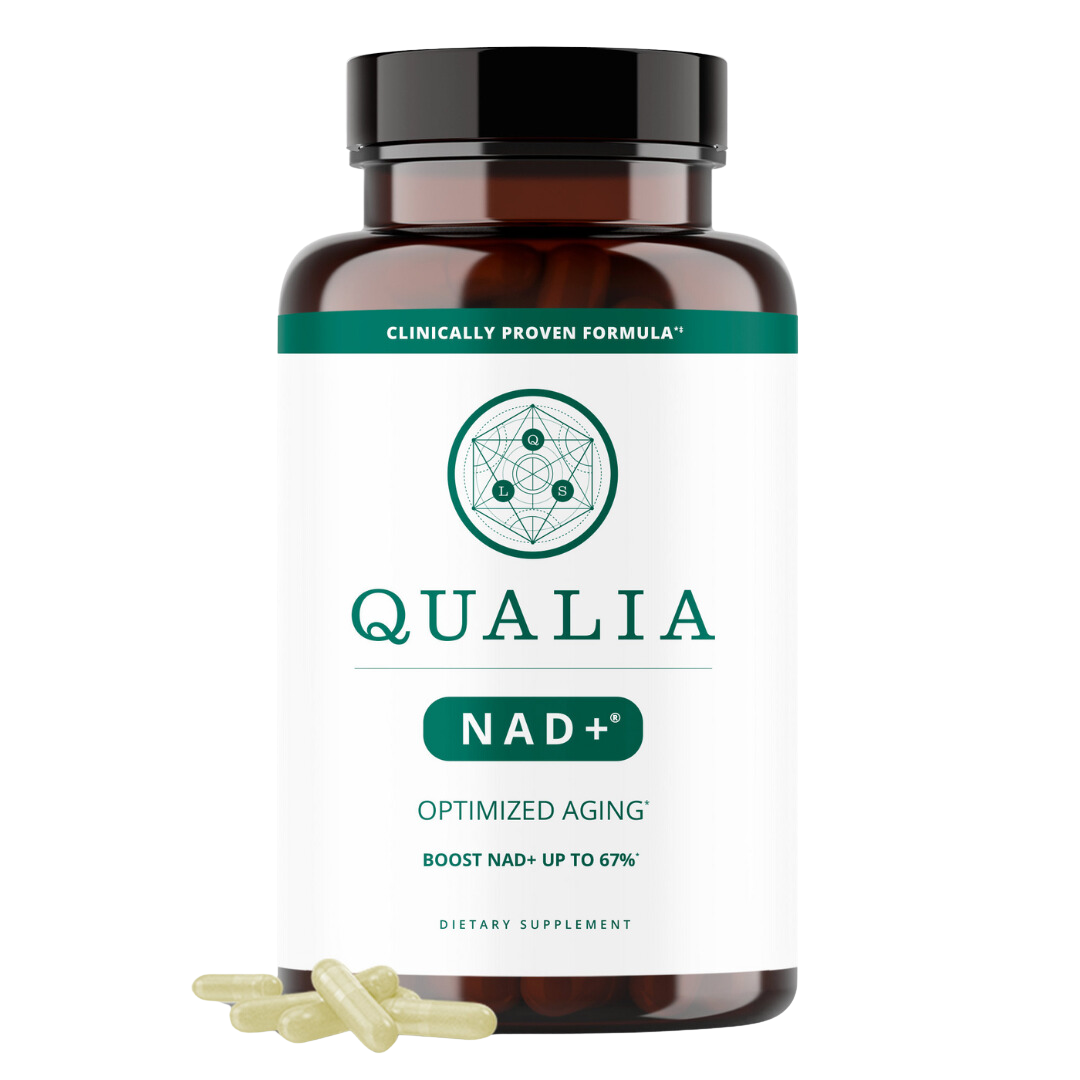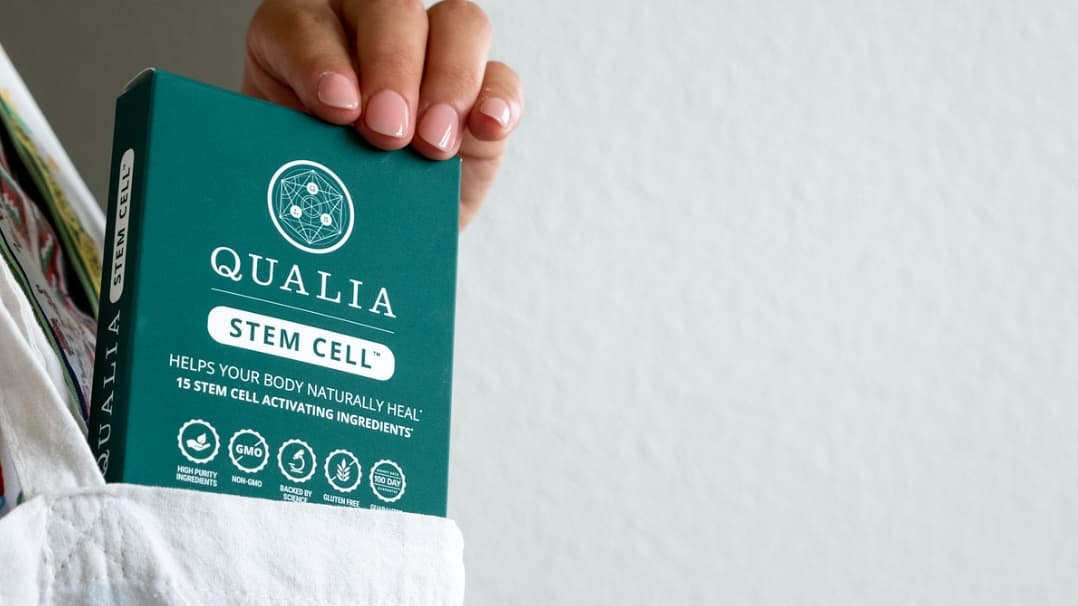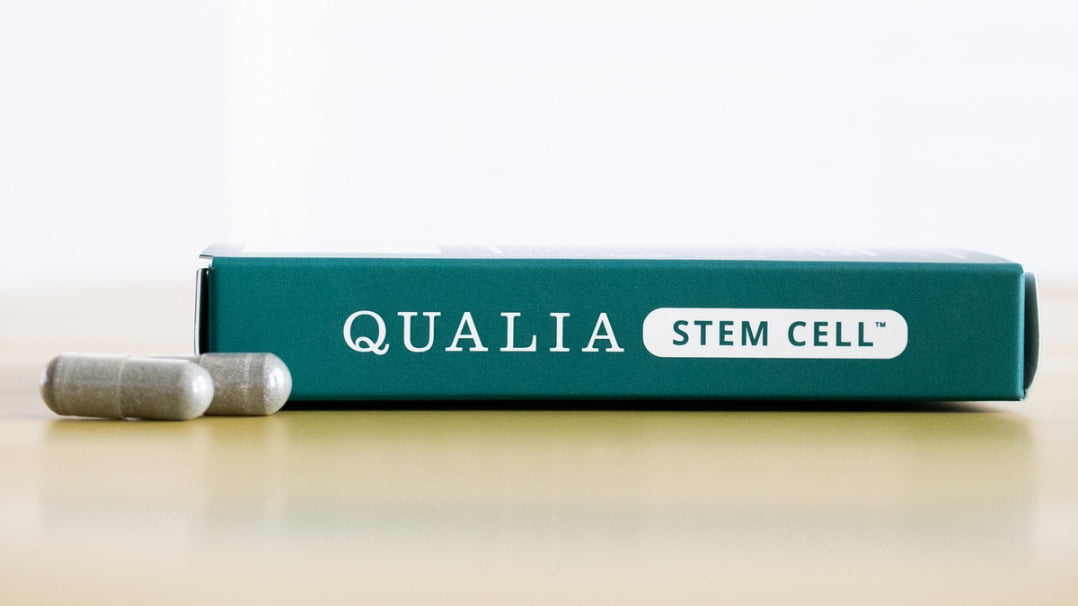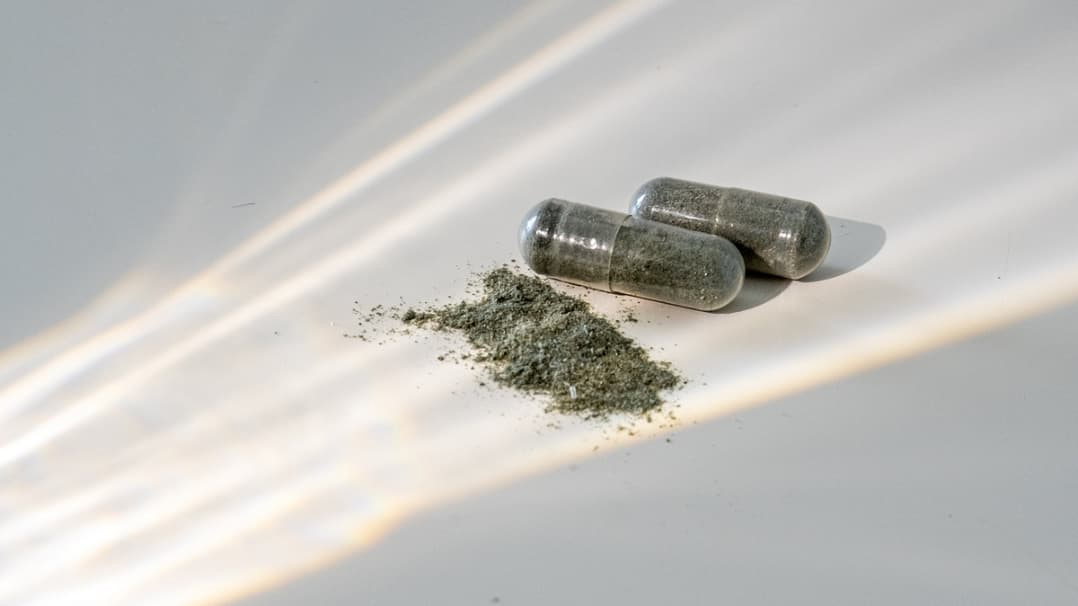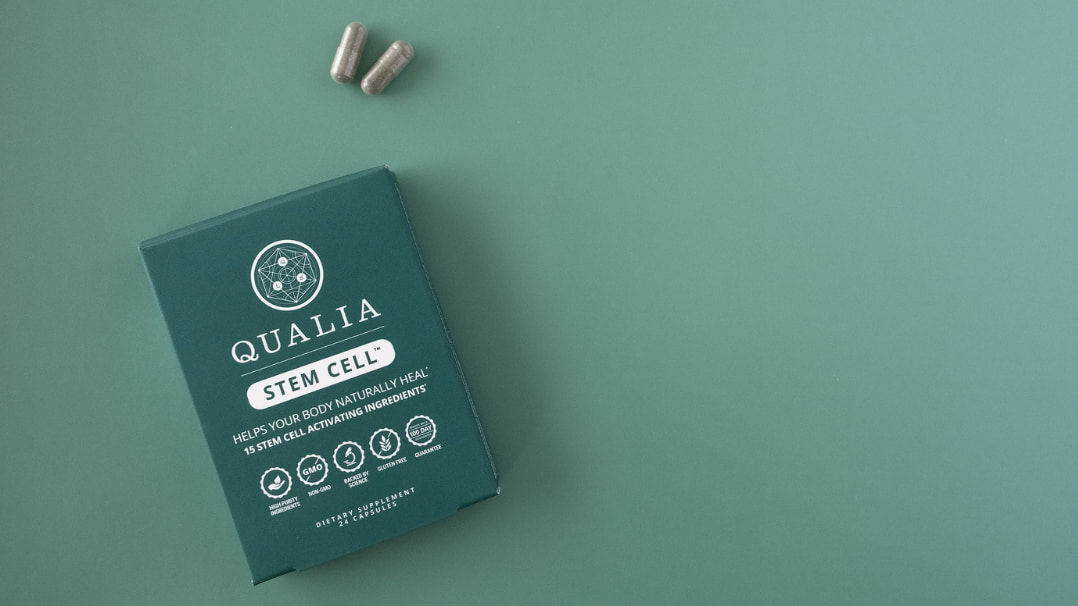NIAGEN® Nicotinamide Riboside Chloride

NIAGEN® Nicotinamide Riboside is a patented, clinically studied, next-generation vitamin B3. It differs from niacin and niacinamide (the first-generation forms of vitamin B3) because it contains more of the full NAD molecule and is metabolized into NAD+ differently. Vitamin B3 is part of the B complex—a group of water-soluble vitamins that play important roles in cellular metabolism and energy production. It is called B3 because it was the third of the B complex vitamins to be discovered. It is on the World Health Organization's List of Essential Medicines, the most effective and safe medicines needed in a health system, because of its ability to prevent pellagra, the vitamin B3 deficiency disease. Compounds with niacin activity are defined by their ability to contribute to the nicotinamide (i.e., niacinamide) unit of an important molecule called NAD. NAD is found in every cell in the body. It's used to (1) make cellular energy (ATP), (2) protect cells from damage, and (3) activate processes linked to healthier aging. Research shows that as we age levels of some NAD metabolites (NAD+ as an example) decline substantially. This decline leaves us at greater risk for unhealthy aging because without sufficient NAD+ cells aren't able to do the work needed to perform at their best. Many healthy aging scientists and doctors believe maintaining higher levels of NAD+ is one of the keys to increasing the amount of time we spend in good health.*
TOP BENEFITS OF NICOTINAMIDE RIBOSIDE
Helps enhance healthy NAD+ levels *
Supports energy metabolism *
Supports healthy aging *
QUALIA’S NICOTINAMIDE RIBOSIDE SOURCING
NIAGEN® has been used in more than 2 dozen human clinical studies.
NIAGEN® is non-GMO, gluten-free, vegan, Kosher and Halal certified.
NIAGEN® is a registered trademark of ChromaDex, Inc., USA.
NICOTINAMIDE RIBOSIDE FORMULATING PRINCIPLES AND RATIONALE
We use NIAGEN® because it is the most studied form of nicotinamide riboside. Over 75% of registered ongoing or completed nicotinamide riboside scientific trials use NIAGEN®. It has been by far the most studied ingredient when it comes to increasing the levels of NAD+ in humans. And, more than two-dozen human studies have used NIAGEN®, with many more studies in the works. We included 300 mg of NIAGEN® in a serving of Qualia NAD+, because this amount has increased NAD+ levels by an average of 48% in healthy and overweight adults over an 8-week period in a placebo-controlled study [1].*
NICOTINAMIDE RIBOSIDE KEY MECHANISMS
Precursor of NADH/NAD+ (nicotinamide adenine dinucleotide)*
Supports breakdown of sugars and fats for energy* [2]
Supports mitochondrial production of ATP* [2]
NADH is part of complex I NADH/coenzyme Q reductase) of the mitochondrial electron transport chain* [3]
Precursor of NADPH/NADP+ (nicotinamide adenine dinucleotide phosphate)*
NADPH is a key cofactor for cytochrome P450 enzymes that detoxify xenobiotics* [4]
NADPH is a cofactor for glutathione reductase, which maintains the levels of reduced glutathione - confers protection against oxidative stress and is part of antioxidant defenses* [5]
Supports healthy aging*
Influences cellular life cycles and lifespan (e.g., supports senescence, cell proliferation, apoptosis)* [2]
NAD+ is a substrate for sirtuins (SIRT1 to SIRT7), which support healthspan* [6]
NAD+ is a substrate for poly(ADP-ribose) polymerase-1 (PARP-1), which is involved in DNA repair and essential for genome stability* [6,7]
NAD+ supports mitochondrial function* [8,9]
NAD+ supports stem cell function* [9]
*These statements have not been evaluated by the Food and Drug Administration. This product is not intended to diagnose, treat, cure, or prevent any disease.
REFERENCES
[1]D. Conze, C. Brenner, C.L. Kruger, Scientific Reports 9 (2019).
[2]A.A. Sauve, J. Pharmacol. Exp. Ther. 324 (2008) 883–893.
[3]N. Pollak, C. Dölle, M. Ziegler, Biochem. J 402 (2007) 205–218.
[4]A.V. Pandey, C.E. Flück, Pharmacol. Ther. 138 (2013) 229–254.
[5]G. Filomeni, G. Rotilio, M.R. Ciriolo, Biochem. Pharmacol. 64 (2002) 1057–1064.
[6]A.R. Mendelsohn, J.W. Larrick, Rejuvenation Res. 20 (2017) 244–247.
[7]J.B. Kirkland, Nutr. Cancer 46 (2003) 110–118.
[8]L. Mouchiroud, R.H. Houtkooper, N. Moullan, E. Katsyuba, D. Ryu, C. Cantó, A. Mottis, Y.-S. Jo, M. Viswanathan, K. Schoonjans, L. Guarente, J. Auwerx, Cell 154 (2013) 430–441.
[9]H. Zhang, D. Ryu, Y. Wu, K. Gariani, X. Wang, P. Luan, D. D’Amico, E.R. Ropelle, M.P. Lutolf, R. Aebersold, K. Schoonjans, K.J. Menzies, J. Auwerx, Science 352 (2016) 1436–1443.
